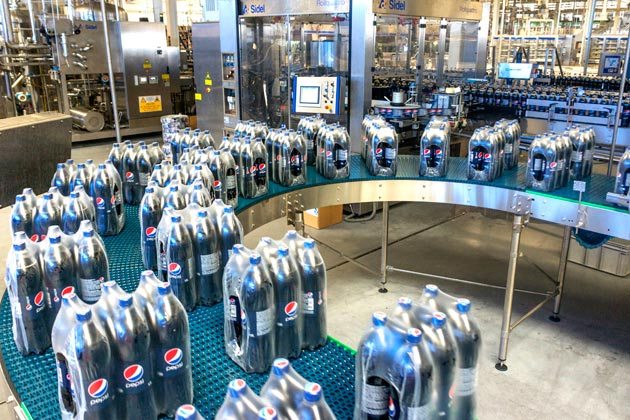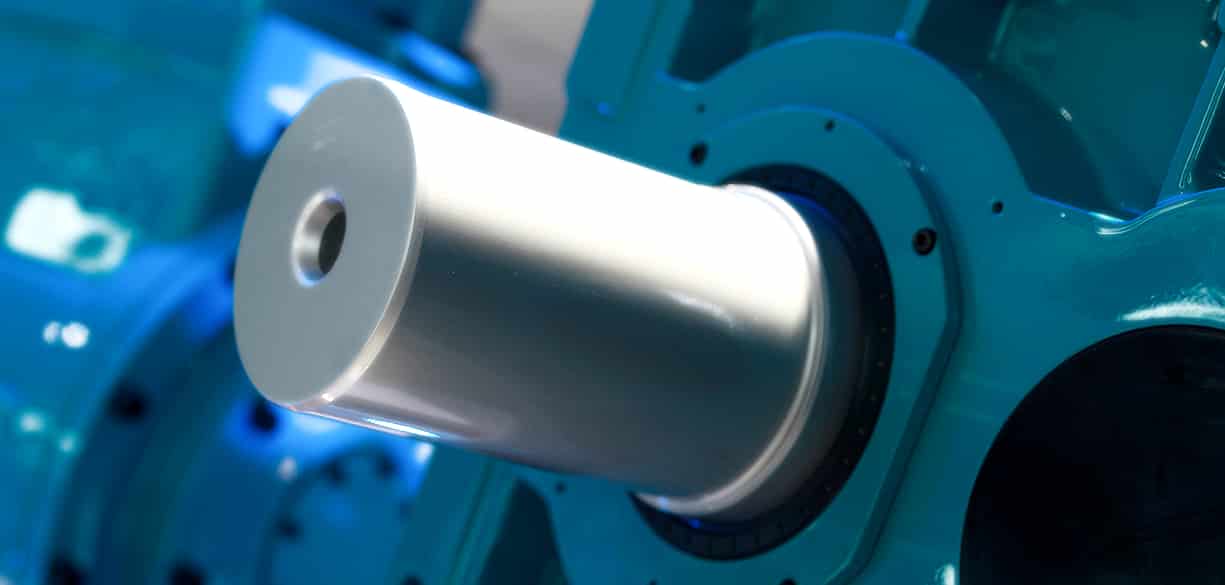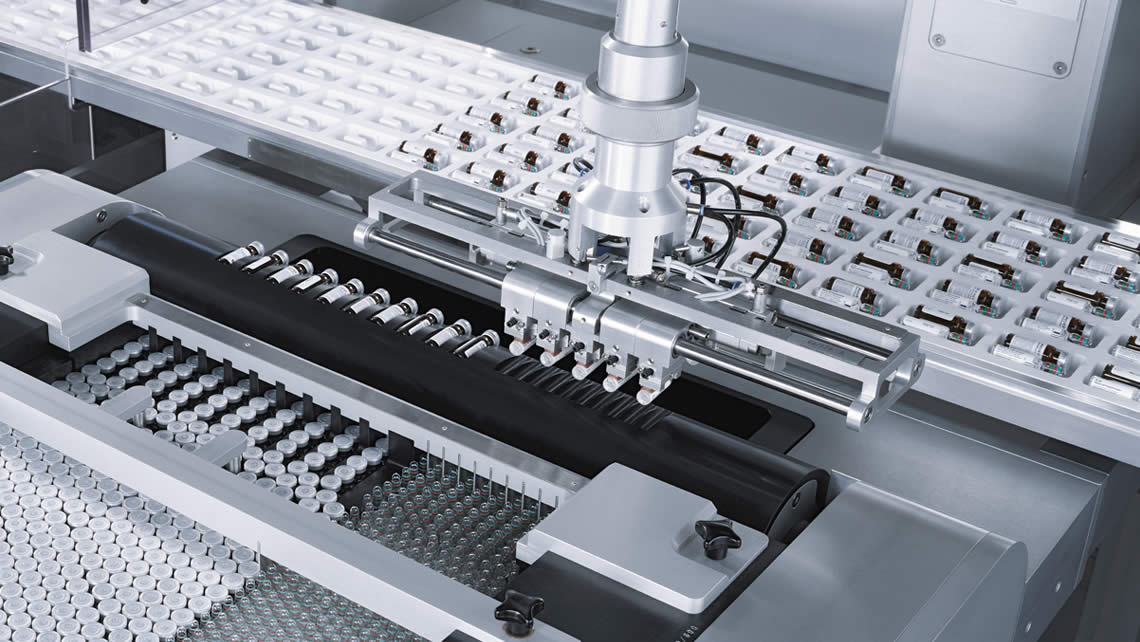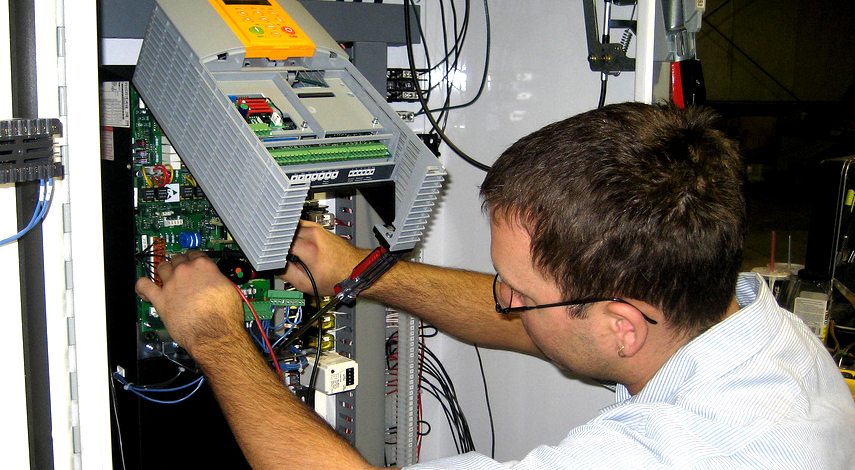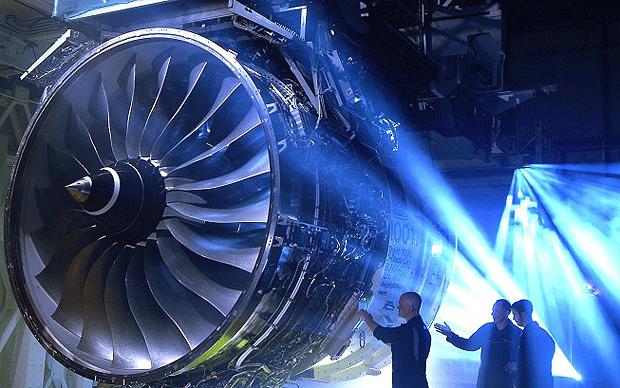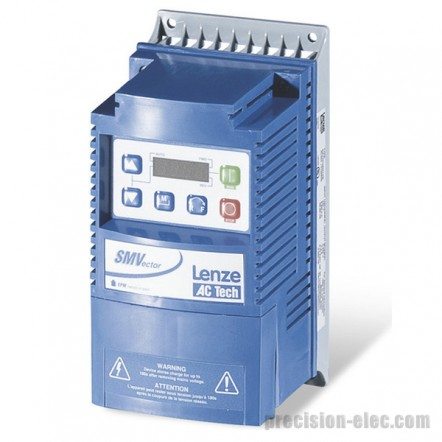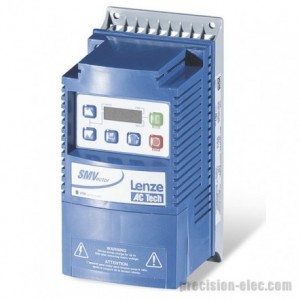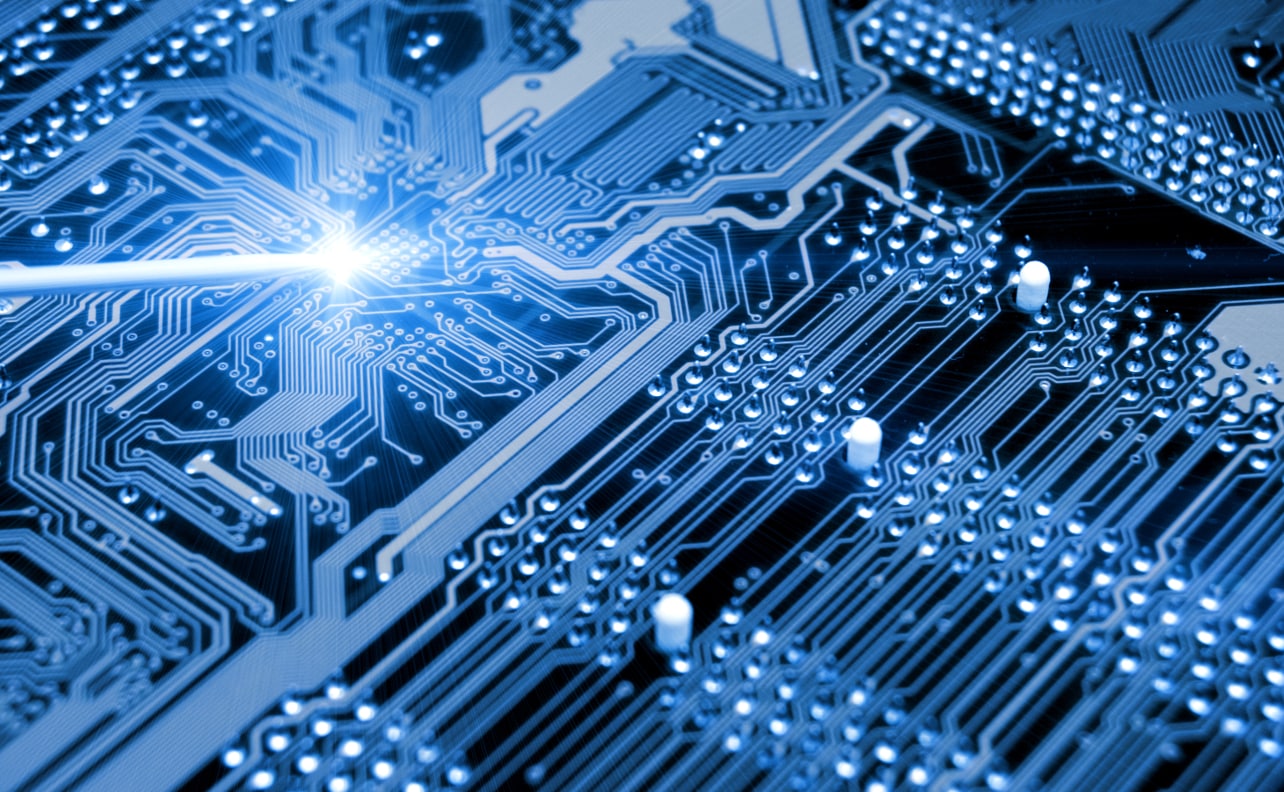PET Blow Molding
The increasing requirements being placed on food and beverage manufacturingare accompanied by growing demands on the machines in the consumer goods industry. The endcustomers in this industry are demanding machines and production lines with maximum availability, while calling for flexible product retooling and formatchanges as well as simple, consistent operator control of the machinery. Long maintenance intervals, clear error messages, the speedy worldwideavailability of spare parts and enormous energy efficiency for the machines are also important for success. Only acompany that effectively masters all the challenges it faces can be successful in the marketplace.Lenze offers the most modern automation and motion technology for the consumer goods industry based on the three standards of cost awareness, maximumquality and flexibility.
PET blow molding with Lenze Motion Centric Automation is a complete solution: bottles are formed, filled, capped and labeled. Motion Centric Automation from Lenze is the easy way to secure smooth procedures in almost anybeverage line. Lenze offers Motion Centric Automation products for PET blow molding to ensure that all processes remain simple and free of any problems.Motion Centric Automation from Lenze is a complete manufacturing solution from start to finish for PET blow molding processing. Below are the steps used with Lenze Motion Centric Automation products duringPET blow molding processing.
Applying even heat and air to create the perfect form is the first step in PET blow molding. The preforms are separated by the automatic preform loader and transported upwards to create the perfect form for PET blow molding process. Gravity thenallows them to slide into the in-feed wheel, from where they are loaded onto the transport chain. Infrared lamps in the heater heat up the preforms inrotation, whereby the neck of the bottles is held in shape at a lower temperature. The thermal treatment is combined with ventilation. At the heaterexit, arms of the PET blow molding carousel pick up the preforms below the neck. The form is completed and blowing process begins. The nozzle is lowered intothe preform and lateral pre blowing begins, followed by high pressure blowing, which presses the bottle wall against the mold. After cooling, an arm thenloads the bottles onto the transport chain.
Filling And Capping
Filling quickly, precisely and without interruptions: the empty PET bottles are conveyed to the filler carousel by the transport chain. The filler nozzleis quickly lowered into the empty bottle and starts to fill it, whereby a FlexCam cam profile ensures that any formation of foam is largely avoided.During the process, the nozzle is slowly moved up to match the fill level until the bottle is full.
When closing bottles at high speed, productivity is key: the transport chain moves the filled bottles to the capper. This presses the preheated caps overthe bottle thread and the bottles are then closed via torque-controlled rotation. Once this is complete, the closed bottles are sent to the labeler.Individual selection of drive components based on power requirements and the dynamic performance required. Highly dynamic servo drives and compact asynchronous motors with large speed setting ranges for all areas of bottle conveying benefit from a systematic arrangement: the finished bottles arrive in a single row, arranged one behind the other. The Cartesian coordinate robot picksup three or four bottles and lays them sideways onto a second conveyor belt. A touch probe sensor detects when enoughbottles are lined up at the end of the in-feed belt. The Cartesian coordinate robot then picks these up, controlled via a fixed motion profile for grouping.
Labelers
Precision is critical during wrap-around labeling: a rotary worm screw loads the bottles into the carousel, where they also rotate. In the labelingstation, a servo-driven transport roller continuously draws labels from the web, while the web guide guarantees straight-line label pick-up. The labelsare then cut to the precise size in a servo-controlled trimming process and two narrow strips of hotmelt adhesive are applied. The labels are thenapplied to the rotating bottles, after which the finished bottles are transported for secondary packaging.
Pick-And-Place
Benefit from a systematic arrangement: the finished bottles arrive in a single row, arranged one behind the other. The Cartesian coordinate robot picksup three or four bottles and lays them sideways onto a second conveyor belt. But how does the grouping work? A touch probe sensor detects when enoughbottles are lined up at the end of the in-feed belt. The Cartesian coordinate robot then picks these up, controlled via a fixed motion profile.
Film Wrappers
The next stage is packaging: here, the bottles previously arranged in groups of three or four arrive at the film wrapper lined up directly behind oneanother. The compartment conveyor chain ensures longitudinal grouping for packaging in 6-packs. The individual groups can now be wrapped in shrink film.The film is unwound and trimmed off by a servo-controlled cutter. The front edge of the film is then guided underneath the bottle group. A roller picksup the end by rolling over the pack and wrapping the film around it. The bottles are now ready for the shrink tunnel.
Shrink Tunnels
Everything needs to fit correctly: the bottles previously wrapped in shrink film are transported into the shrink tunnel.Under controlled and constant heat, the film shrinks to tightly fit the bottles. In the delivery area, the bundles created then cool down and are readyfor palletizing.
Palletizers
A parallelogram-type robot with reinforced base construction and sufficient arm length assumes responsibility for loading the pallet. The motion profilesof the robot kinematics can be calculated as axis movements and controlled using Lenze Controller-Based Automation with predefined profiles. Thesemovements are synchronized with the conveyor belt.
To learn more about PET blow molding or for Lenze Motion Centric Automation repair and replacement quotes, contact Precision Electric.

